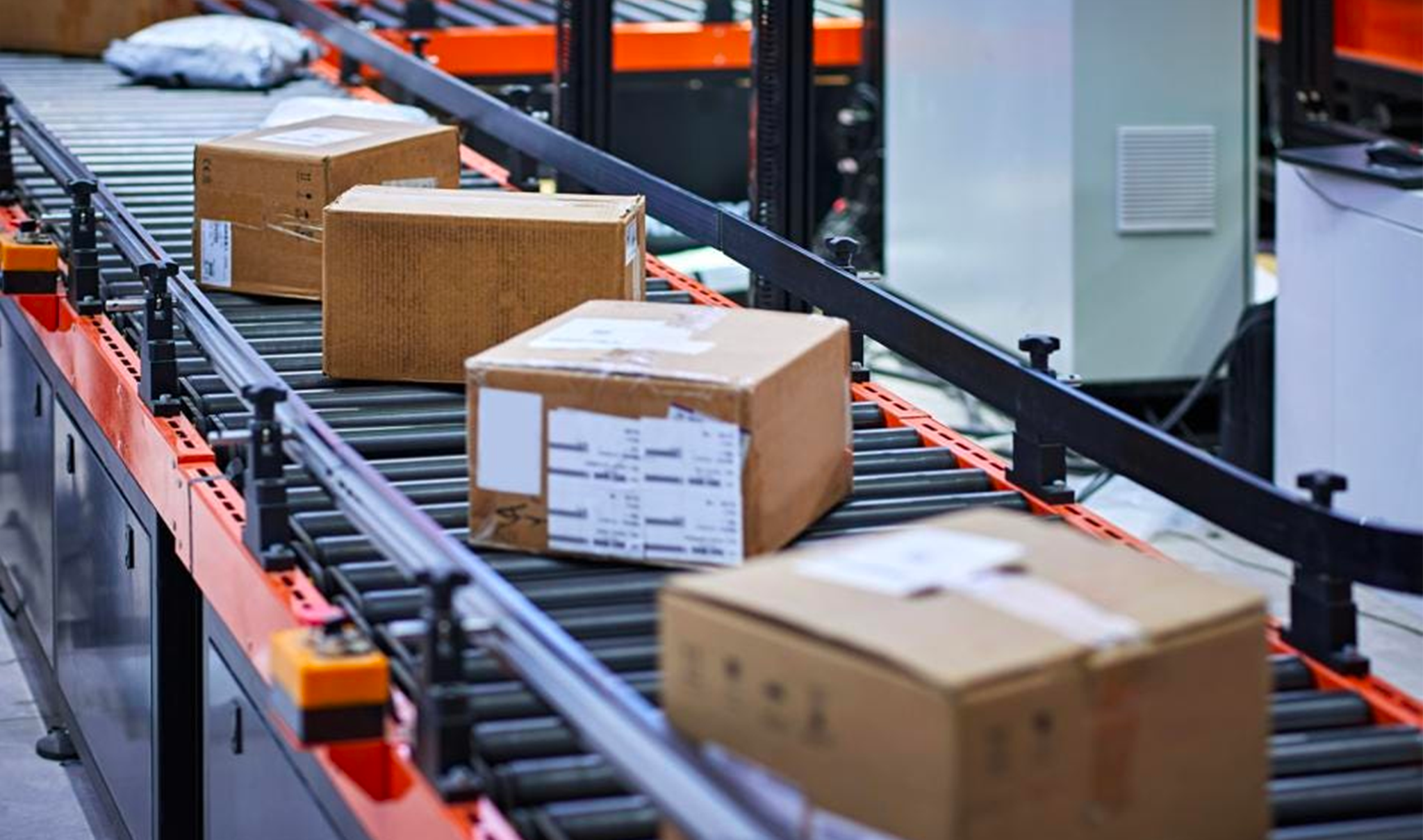19 Jan Forbes: How To Determine Whether And How To Drive Direct-To- Consumer Traffic To Amazon

Nicolas Martinez, Vice President of Marketing, VENDO.
Published in Forbes, January 9, 2023 | Article Link: View
First there was the Brand Referral Bonus program Amazon launched in 2021, which gives brands an average of 10% of qualifying sales back as a referral fee when they drive a sale from off-Amazon traffic. Then, most recently, we saw the launch of the currently invite-only Buy with Prime integration that enables brands to drive DTC traffic directly to Amazon checkout. With both official Amazon offerings, there has been a lot of discussion about why you would or wouldn’t want to drive DTC traffic to Amazon. In this article, I will dig into the various pros, cons and methods I’ve identified for each. For example, should you drive traffic to the Amazon product page with an attribution link, or should you just drive it straight to the Amazon checkout? Should you set up a Prime-like fulfillment experience for DTC or just lean on Amazon? How does customer data acquisition factor in? There is a lot of consideration that goes into this decision, so join me as I dig in so you can leave with a much clearer understanding of how to make the right choice for your business.
To kick it off, let’s address the pros of driving traffic to Amazon, regardless of the method you use. First, many (like EComCrew) have found Amazon to have high conversion rates. I have seen positive effects on conversion rates from driving traffic to Amazon. Secondly, customers know Amazon for its super-fast shipping speeds and smooth, no-strings-attached return process for many items. If a new-to-brand customer is unsure if they want to try a product, the option to buy the product from a retailer they already know, like Amazon, could give them the confidence to go over the edge. So, have your ad dollars been becoming less and less effective? You could try driving traffic to Amazon and see if it affects your customer acquisition rates. In addition, Amazon Prime provides brands with a way to offer their customers one-to-two-day shipping that they might not otherwise be able to.
Now, let’s discuss the cons. For one, for methods that allow customers to check out on Amazon, you are almost certain to see a drop in sales on your DTC site since you’re driving traffic elsewhere. Depending on your margins, marketing costs and what portion of your site traffic is checking out on Amazon, this may be a deal breaker. Recently, with one of our brand partners, we saw sales increase 10%-20% overall when they started driving traffic to Amazon. This reflects a 10% decrease in DTC sales but a 20%-30% increase in directly attributable Amazon sales. There may be additional cons to driving traffic to Amazon, such as a loss of customer data or opening those consumers up as targets for on-Amazon advertisers. I’ll address these factors in more detail below.
Regarding methods for driving traffic to Amazon, let’s compare the Buy with Prime (BWP) integration to a simple button with an Amazon Attribution link behind it. With BWP, the shopper completely skips the product page and goes straight to checkout. Considering this more frictionless experience, I think it would be reasonable to assume that more shoppers might convert this way, but you should run an A/B test between the two methods to understand which wins out net-net.
Another important aspect is customer data. With BWP, Amazon provides you with customer data like email addresses, whereas for regular Amazon sales, ModernRetail explains that Amazon does not provide customer email addresses. However, for the latter, there are various pre- and post-purchase tactics you can implement to offset this and improve your customer email acquisition rate. One pre-purchase tactic is to collect the emails and phone numbers of the customers on your site before driving them to the Amazon product page to check out. For example, you could include a pop-up on your site that offers a discount code for sharing information that also works for Amazon. Post-purchase, you could include a product card in shipments with a callout that incentivizes customers to scan a QR code in order to sign up for your email or SMS list.
When it comes to competitive targeting with BWP, your shoppers won’t see ads for other products as they would when they go through the Amazon product page. I’ve also seen that inventory is an increasing concern among brands on Amazon. If your current inventory situation has been challenging, BWP may be the right fit since the inventory for those orders is in a separate bucket: Amazon Multi-Channel Fulfillment (MCF). Compare MCF with your current fulfillment method to see if it is more or less favorable in terms of inventory caps, inbound processing times, fulfillment times and so on.
Last but not least are the costs of each method. Make sure to evaluate how the weight and dimensions of your product and average order size, as well as any service costs for each method, will impact the fulfillment costs for each method. This will help you determine which is the lowest-cost option for you. Be sure to factor in Amazon’s referral fees to your calculations as well. However—and this is a big consideration—with the attribution link, you can tap into the Brand Referral Bonus program. All of these factors can vary greatly, though, depending on your product type, so be sure to do your own margin breakdown.
So, there you have it: a detailed breakdown of the current landscape of driving DTC traffic to Amazon. If you are still feeling uncertain, that is totally understandable, as there is not a one-size-fits-all solution—especially when you consider individual factors such as a method’s effect on conversion rate (CVR), customer acquisition cost (CAC), organic ranking and sales, and customer contact information acquisition. However, I hope this information helps you feel much better equipped to run your own cost-benefit analysis, run some A/B tests and find the method that works best for your brand and your customers.











No Comments